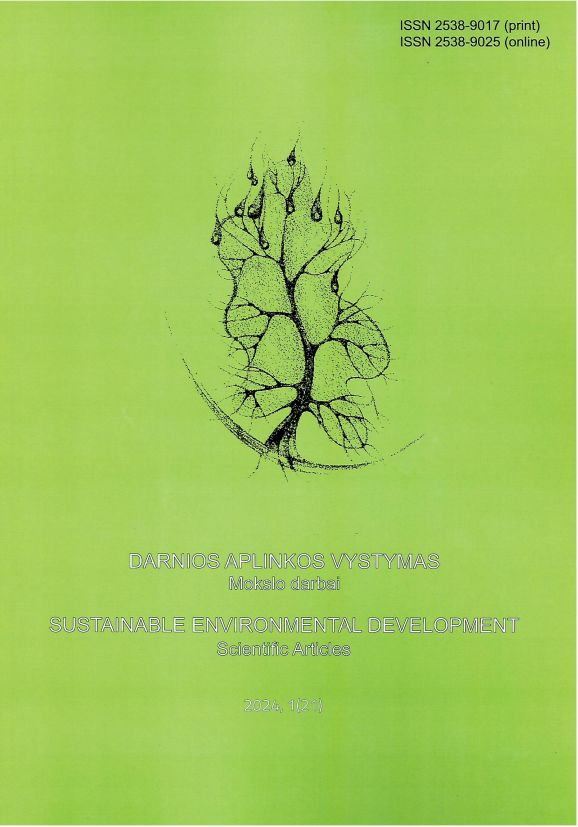Boosting Durability and Sustainability in Reinforced Concrete Bridges Through the Optimization of the Concrete Cover
DOI:
https://doi.org/10.52320/dav.v22i1.377Keywords:
Concrete Bridges, Concrete Cover, SustainabilityAbstract
Transportation systems play a pivotal role in the economic progress of communities. Within these systems, bridges are crucial for linking regions, facilitating the crossing of obstacles such as rivers and valleys. These structures, however, demand significant human and monetary investments. In the realm of civil engineering, rein-forced concrete bridges stand as monumental feats of design and function. A critical factor in the longevity and eco-friendliness of these structures lies in the concrete cover that protects the reinforcing steel. In this paper, we explore the multifaceted role of concrete cover in not only extending the lifespan of these bridges but also in advancing their sustainability. Properly managing such an infrastructure, including reinforced concrete (RC) road bridges, aligns with multiple United Nations Sustainable Development Goals. Goal #9 focuses on establishing robust infrastructure, encouraging inclusive and sustainable industrial growth, and spurring innovation. Con-versely, subpar and inefficient planning could impede the realization of goal #15, dedicated to the preservation of land ecosystems. Acknowledging the inevitable corrosion issues in reinforced concrete bridges, this paper introduces a sensitivity analysis of the cover protective layer of the reinforcement. A case study of a Portuguese concrete bridge belonging to the A25 highway is presented. A deterioration model is applied for the quantifica-tion of the lifetime and correspondent users’ costs of the reinforced concrete bridge of different solutions of rein-forced concrete cover. The sensibility analysis was performed for concrete thickness of 25 mm, 30 mm, 35 mm, 40 mm and 45 mm. Based on the findings of the research it can be concluded that adopting solutions, or materials that provide wider lifespan, of the concrete bridges, will decrease significatively the total costs and environmen-tal impact of the construction of bridges.
Downloads
Published
Issue
Section
License
Copyright (c) 2025 José Almeida

This work is licensed under a Creative Commons Attribution 4.0 International License.
Individual articles are published Open Access under the Creative Commons Licence CC-BY 4.0, which permits unrestricted use, distribution, and reproduction in any medium, provided the original author and source are credited. Authors retain copyright in their articles, but grant Klaipėdos valstybinė kolegija the right of the first publication.

